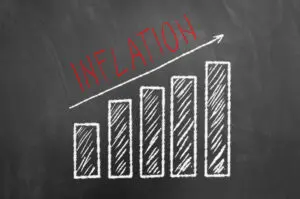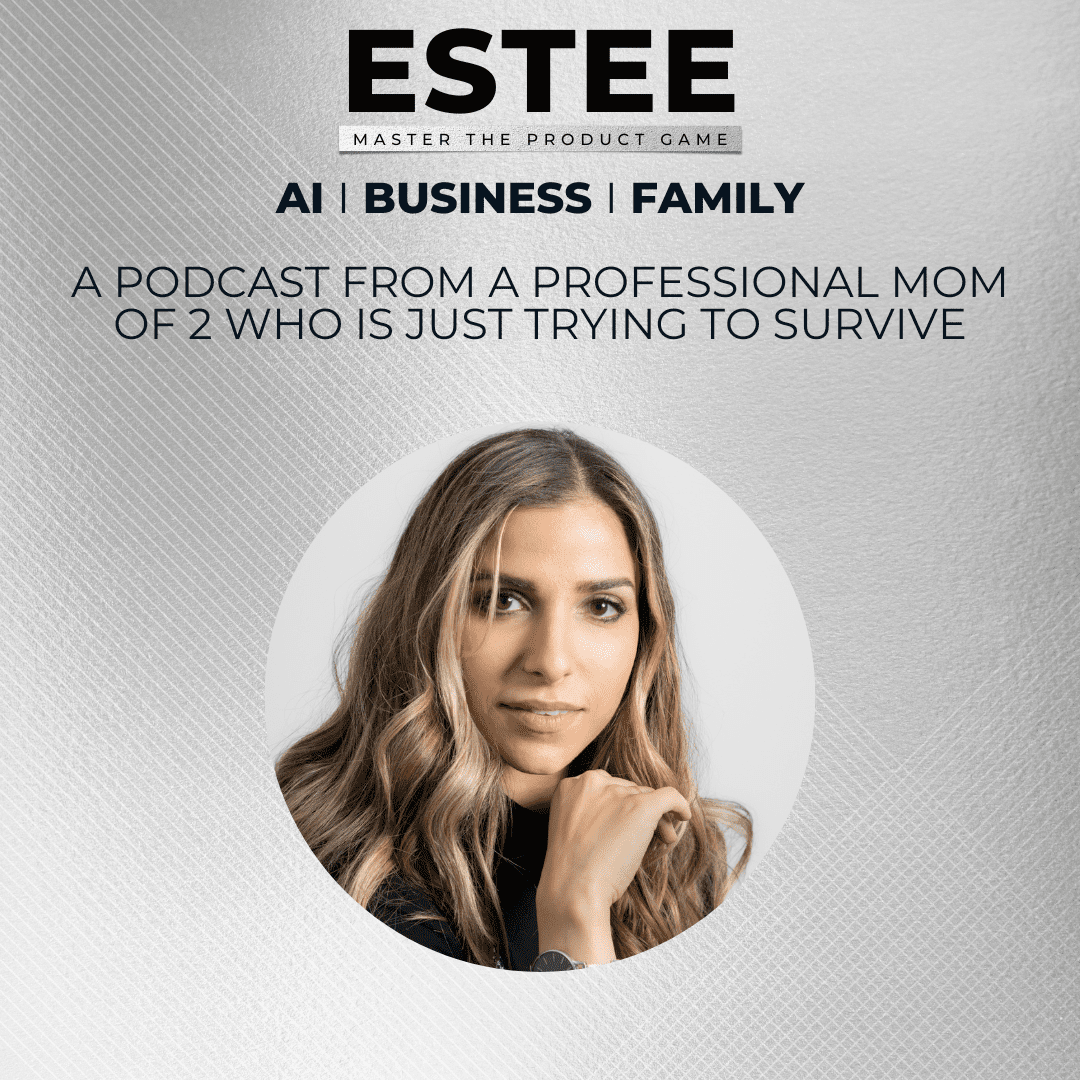Inflation Explained: 3 Little Known Facts about Anflation

Unmasking Inflation: The Hidden Side of Rising Prices
By, Jeremy Reif, CRPS
Inflation is the steady increase in the prices of goods and services over time. It affects the Economy, our wallets, and even our daily lives. But why does it happen?
I know I’ve done previous articles talking about the cause and effect of inflation and things that are going on with the rising interest rates by the Fed chairman. I never took the time to explain what inflation is or why it happens. In this article, I’m going to give you three causes of inflation and expound on each of them. The goal is to explain inflation in a way that everybody can comprehend.
Three different components pertain to inflation: demand, or a pulling effect; cost, or a pushing effect; or the Fed Reserve and government intervention. For the sake of this article, I’m going to pretend that we’re talking about a bakery instead of using economic language, such as widgets. The preface is that the bakery will represent the total economy. For simple math, this bakery only bakes five loaves of bread a day. The goal of a bakery or any business dealing in perishable items would be to sell all its inventory each day.
Demand-Pulling Effect
Prices are determined by the number of consumers who want the product or service, or what is commonly known as demand. If this bakery has only one customer a day and the bakery bakes five loaves of bread, you would expect the bakery to have leftover bread at the end of the day. So, the bakery would have two options: either produce fewer loaves of bread in the subsequent days or lower the cost so the customer purchases more loaves of bread.
Now, let’s pretend that there were fifty consumers with a line outside the door instead of one. Again, the bakery only produces five loaves of bread. In this example, the bakery produces too little. There’s too little inventory, which allows the bakery to have more control over what the price is.
With a limited inventory, the bakery can raise prices. Either the consumers are going to have to go to another bakery to find a lower price, or they’re going to have to pay whatever higher price they want to eat. The bakery can essentially raise prices to the point where they’re starting to turn away customers, yet they still sell all five loaves.
The consumer provides the demand side. The more consumers, the higher the demand. Which can lead to prices going up if you have limited inventory. If you have too much inventory and not enough demand, it forces the prices to come down.
Cost-Pushing Effect
What happens when the cost of raw materials goes up? In the case of the bakery, there are very few ingredients involved in making bread. Typical ingredients would be flour, salt, water or milk, sometimes sugar, and often some type of activation ingredient like yeast. Pretend there’s a natural disaster, and all the flour inventories throughout the entire world are affected by it. Across the world, the price of flour has gone up. The demand for flour did not change because everybody was still hungry and wanted their bread from the bakery.
The bakery then says it costs me “X” amount to make this loaf of bread. The bakery now needs to charge the consumer more than usual because the bakery’s costs have gone up. Some will increase the same amount as the raw ingredients. This is what is called a cost-push effect. They’re just passing the rising costs of the raw material onto the consumer. The result is that overall costs have increased.
Federal Reserve/Central Bank
The Federal Reserve has the authority to intervene in the supply of Money, which directly affects consumer spending. The Federal Reserve can raise or lower interest rates to fight inflation. In this section, we’re going to change to purchasing a large-ticket item like an automobile, as it’s relatively inexpensive to buy a loaf of bread and harder to demonstrate the point of how the central banking system works.
When interest rates are low, this helps stimulate the economy. It gets people to say that they can now afford to upgrade, buy a new vehicle, or buy large-ticket items. Zero percent financing offers, or low interest rates, are what economists call cheap money. The consumer can purchase larger items with lower-than-normal interest payments. This in turn increases the demand for goods and services, which was discussed in the first section.
On the contrary, when interest rates start to rise, this slows down demand for goods and services. Think of it this way: interest rates are ten or maybe even fifteen percent. Buying a car costs $80,000. Zero percent interest for 5 years, no trade, and zero down is $1,333.33/mo. For the same vehicle, the only difference being a 10% interest rate would be $1,699.77/mo. A difference of $366.44/mo, or $ 19,054.88 for the life of the loan.
Some consumers will say that they can’t afford the monthly difference, while others will purchase a less expensive model or used one. Others might wait or not purchase a new vehicle at this time. With all of these options, you see more of an immediate impact or slowdown on larger purchases.
It is essential to note the time lag associated with government intervention, particularly in the context of interest rates. While changes in monetary policy may take time to manifest, their eventual impact on consumer behavior, whether in the context of purchasing a loaf of bread or a high-value item like a car, underscores the complexity of the economic landscape.
In unraveling the intricacies of inflation, we find that it is not merely a rise in prices but a multifaceted phenomenon influenced by consumer behavior, production costs, and central bank policies. As consumers, entrepreneurs, and policymakers, a nuanced understanding of these factors empowers us to navigate the challenges posed by inflation and make informed decisions that contribute to the stability of our economic ecosystem.
Originally Published on https://pointwealthmanagement.com/blog/

























